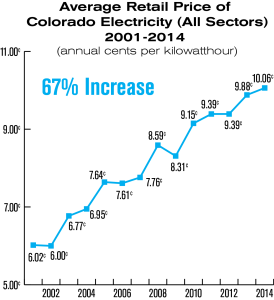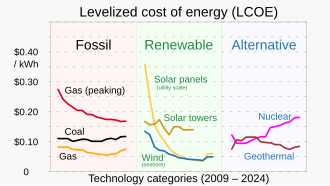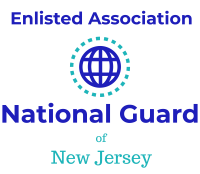
The cost and benefits of Electricity Rates are evaluated by measure. The assessment attempts to fuse all quantifiable costs of energy viability measures including capital costs, work, and markup, finance costs, support, exercise fuel, non-energy consumables, other quantifiable non-energy costs, and program legitimate costs. The net cost is the hard and fast expense of the activity less any non-electric impacts. Costs address development in the normal financial obligation relative to the norm and are conveyed as certain consistent effects. Benefits address a reduction in the normal money-related liability and are imparted as unfortunate progressive effects. Costs and non-electric impacts are counted paying little psyche to which benefactors achieve these costs or construct the benefits. The nuances of the information sources are given here. The going with region gives a layout of the calculation technique and ProCost, the contraption used by the Board to assess NRC net Levelized cost.
Working out Net Levelized Cost
The Gathering uses a Levelized cost to balance energy viability resources with supply resources. The Levelized cost parts depicted under reflect those used as commitments to the resource assessment. Whenever the game plan’s energy capability is not permanently established, there is a cost sufficiency approach that licenses accomplices to conclude whether an activity is viable relative to the course of action disclosures.

There are various implications of Levelized cost dependent upon what parts are fused. The Chamber uses a Northwest outright Asset net Levelized Cost (NRC net Levelized cost) for its examination of the cost of energy capability measures. This joins all of the costs and benefits depicted in the going with portions to reflect the full cost of the activities, paying little psyche to who is paying the costs, as solid with the significance of system cost in the Northwest Power Act ProCost is the contraption the Gathering uses to learn the NRC net Levelized cost for energy efficiency measures. Note: the Chamber recently used the maxim “outright resource cost (TRC)” instead of NRC, and invigorated to avoid confusion with various purposes of TRC that are not dependable with the Demonstration.
The fundamental pieces of the NRC net Levelized cost are the net present worth (NPV) of the activity costs isolated by the yearly hold assets of the activity. Money-related costs and benefits are changed over to present regard costs and benefits based on the supporting costs, support cost offers, and refund rates. ProCost uses standard capital recovery factors and presents worth (PV) factors to discover PV costs and benefits. Finance costs use support express credit charges and terms as consigned by client commitment to work out PV of capital costs of measures. Yearly costs and benefits that are not upheld are remembered for the years they occur and restricted to present qualities using standard present worth factors and the overall markdown speed of 3.75 percent used in all assessments for the 2021 Arrangement.
ProCost adds up to every one of the ongoing worth costs and nets out benefits. This net present worth is then amortized over the presence of the program (20 years) using standard capital recovery factors and the markdown rate.
The NRC net Levelized costs generally cost short of all benefits paying little regard to which backing achieves the cost or fabricates the benefits. Despite energy structure costs and benefits, NRC net Levelized cost joins non-energy, program association, other-fuel, O&M, irregular replacement benefits, and costs. The 10% Local Demonstration Credit is pondered in the Territorial Portfolio Model and thus avoided from the NRC net Levelized costs used in the stock curve inputs.
